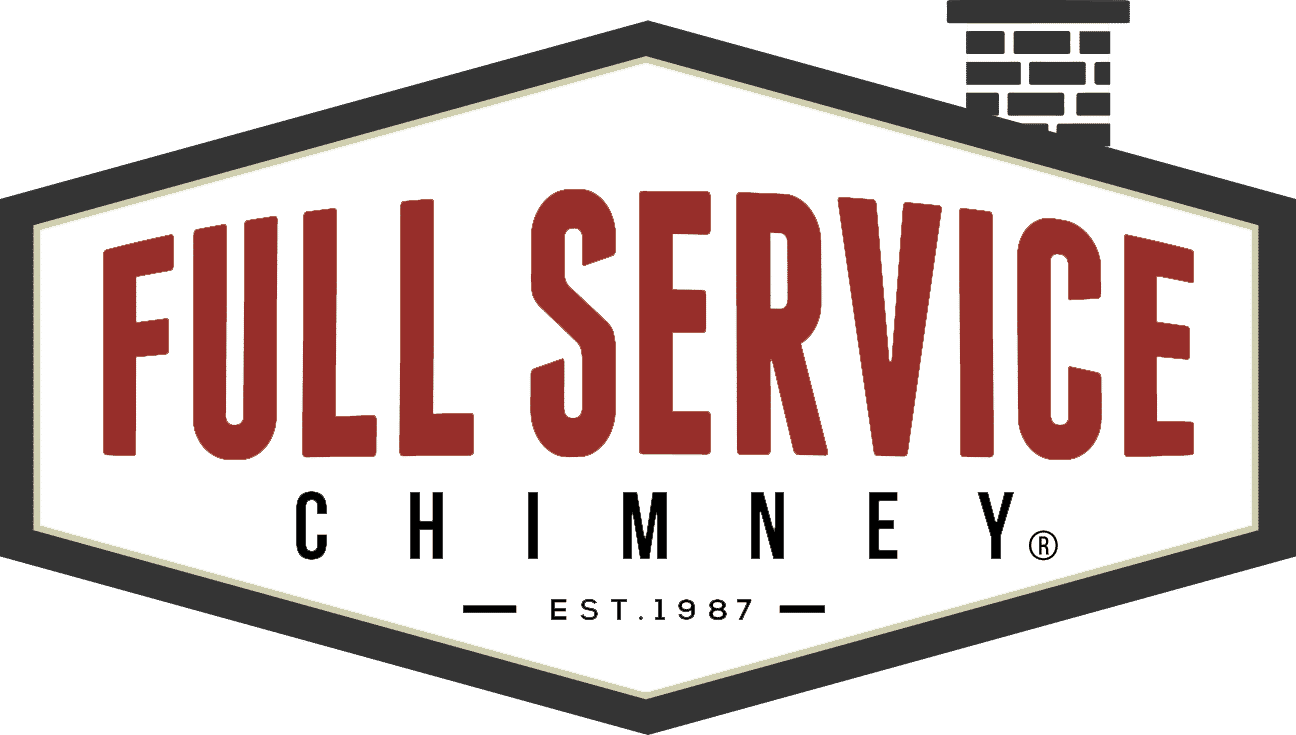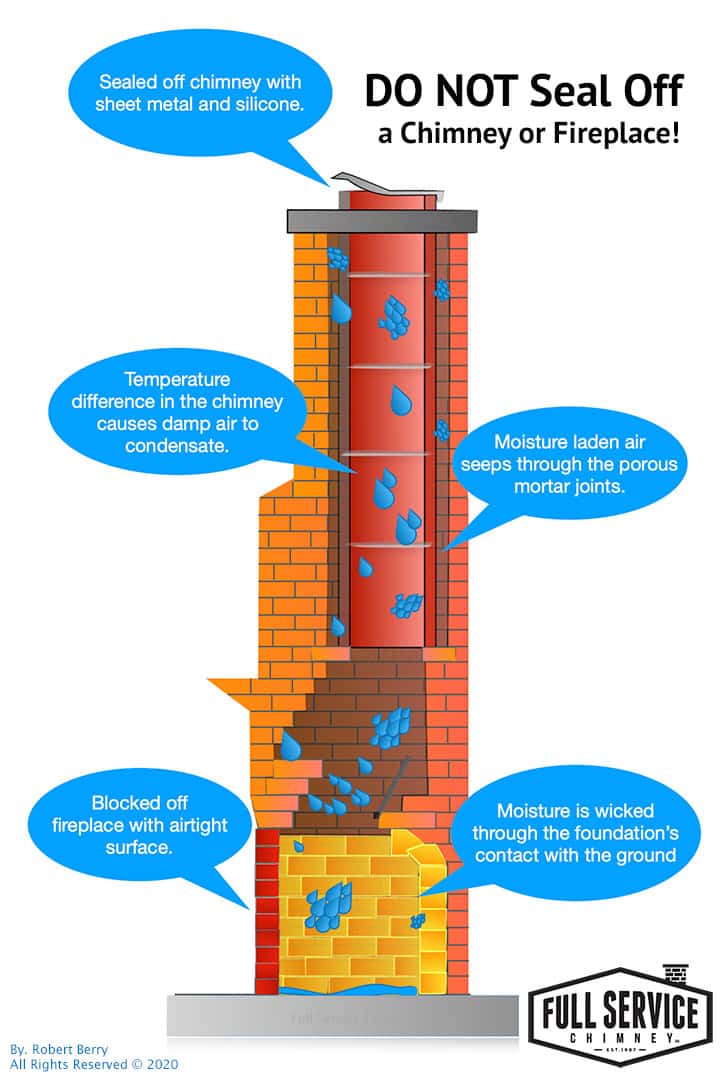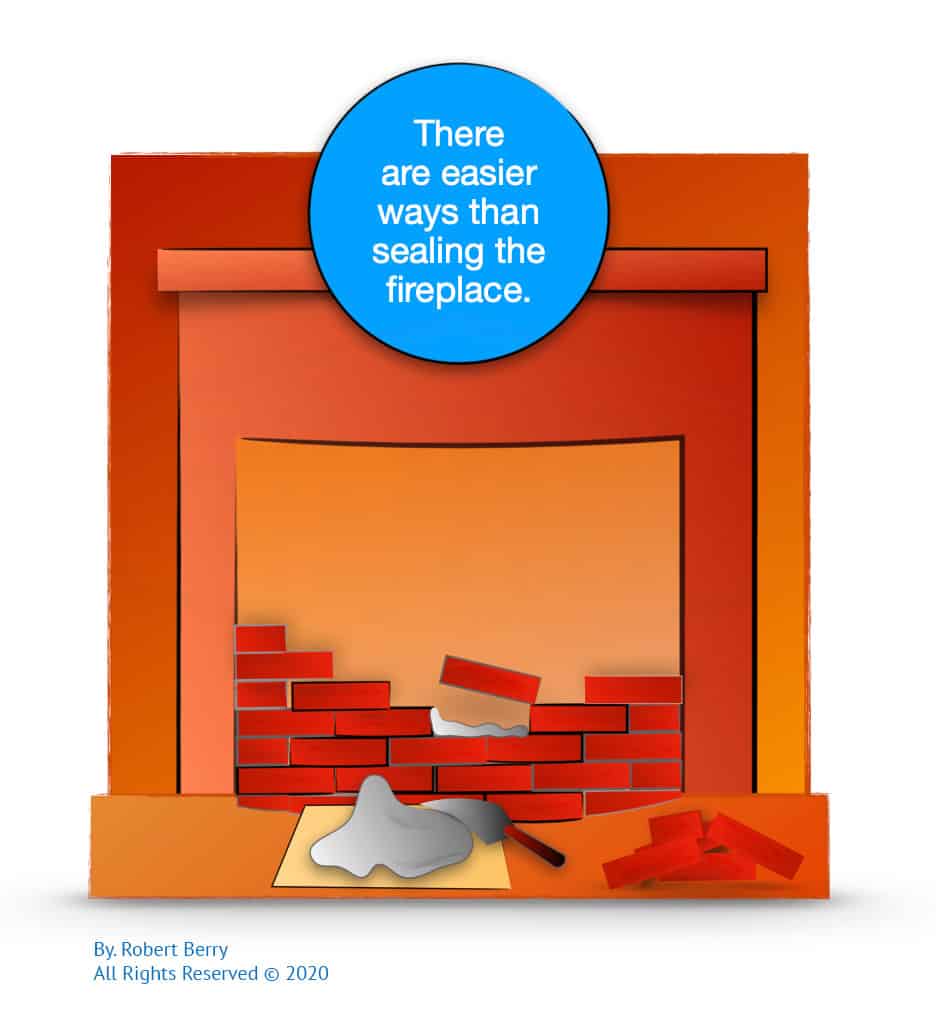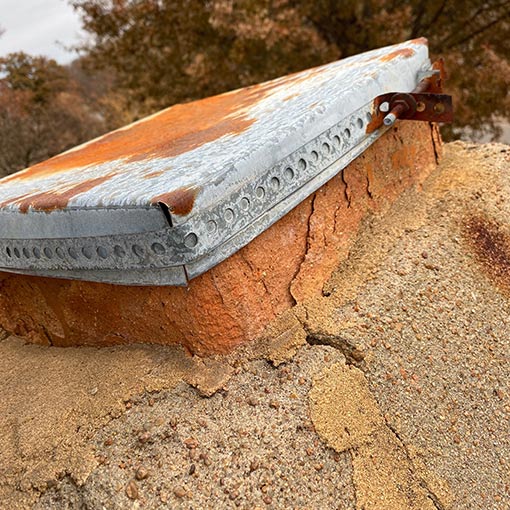Chimney problems sometimes become so frustrating that homeowners want more than to cap a chimney, they want the chimney removed, torn down or at the very least they ask us to seal a chimney off completely.
It’s often chimney leaks or unwanted cold air from the fireplace, otherwise known as a draft. Regardless of the motivation many homeowners often reach this conclusion. By the time they consider chimney blockers, it is safe to say they’ve tried everything and are at a point of extreme frustration with the issues caused by their homes chimneys.
Before we get into the mechanics of blocking a chimney, you should be aware of the side effects of closing off a chimney and fireplace.
How to Seal a Fireplace and Chimney
Rather than ask HOW to seal a fireplace and chimney… try asking why you should NOT seal the fireplace and block a chimney? That’s what we explain here.
A chimney is a more or less an open passageway from inside the home to the outdoors. Much like a window or door to the outside, if a passageway is closed off, then it becomes a container.
With a chimney, half of it is exposed to indoor temperatures and half to outdoor temperatures. With a blocked fireplace and sealed chimney, these different temperatures frequently cause the moisture in the trapped air to condense, become a liquid on the inside surfaces of the chimney.
As more air leaks in so does more moisture. A blocked chimney will actually allow more water into the home than it did before it was closed off. This will lead to odor, mold and water damage issues.
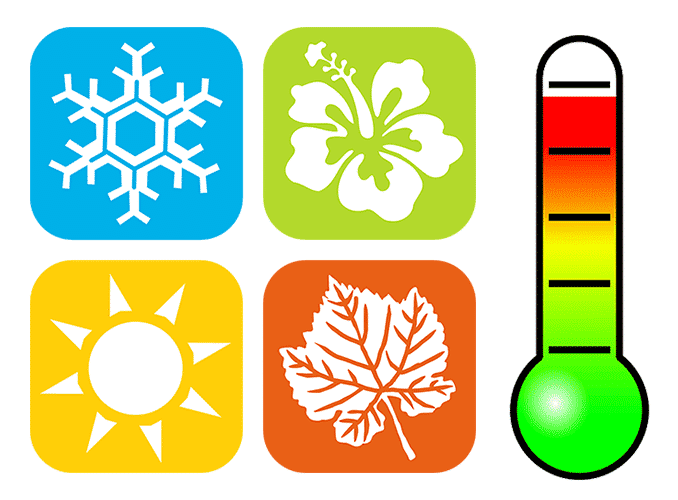
Seasons temperature changes and weather conditions can damage chimneys in ways you may not expect!
Sealing a Chimney Causes More Problems Than it Solves.
Sealing off a fireplace and chimney always collects water inside the flue. Plain and simple, DO NOT seal off a chimney or fireplace because you will get a flue full of condensation problems!
Even when your fireplace is blocked off airtight you’ll still end up with “hidden” water issues. But these problems are only hidden for so long! We promise there are better ways than blocking or sealing a chimney and fireplace.
Sealing off a fireplace always collects water inside the flue.
Temporary Solutions to Cold Air Movement
Cold air coming down the flue and out of the fireplace can make a living room unlivable. There are temporary solutions to cold air coming in and out of the chimney.
Most people love their fireplace but for those who suffer a cold draft and the odor that fills the room makes the fireplace the most hated feature in the home. It doesn’t have to be this way. There are temporary steps you can take that (if performed carefully) will give you some short-term relief without sealing the fireplace and closing off the chimney.
Do NOT Seal a Fireplace like this image shows
A Blocked Chimney is a Danger
In the event the chimney top is blocked or sealed off, there is the concern that unsuspecting people may be unaware that smoke, heat and creosote will not exit the home and yield a very dangerous situation. At the very least, fumes and exhaust will all come back into the home. This damages the home’s furnishings and can harm anyone breathing the byproducts of combustion.
Find out about the danger of (CO) carbon monoxide caused by chimneys
In some cases, the build-up of heat inside the chimney and fireplace will be excessive. If a chimney can not draft, it will reach such high temperatures that will destroy glass doors, cause flames to pour into the home and overheat any combustibles in the area.
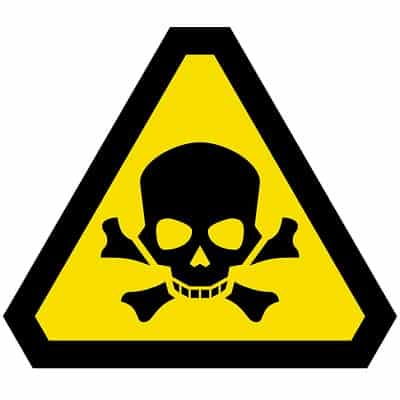
Think About It:
When a fireplace is used, the inside of the flue walls get coated with soot and creosote, which naturally let off gases.
If the chimney is blocked or sealed off, then what happens to all the fumes and exhaust?
If the gas can’t go up and out, then it has nowhere to go except back into the home, which is potentially fatal to the people living inside. Be Safe. Be Smart. Do not block or seal your chimney.
How to Close Off a Fireplace
While making sure there is no pilot or embers active in the fireplace, a temporary drape of plastic sheeting can be taped over the fireplace opening. This will stop easy air movement from the fireplace, help with cold hearth syndrome and odor.
Never, under any circumstances seal off the top of the chimney, due to the risk of unintended use of the fireplace as cautioned above.
By keeping the cap on the chimney but sealing the fireplace, enough air can circulate to avoid unwanted condensation issues.
*This image shows the WRONG WAY to Block a Chimney! DO NOT do this.
We Can Help Your Problem Chimneys
Solving chimney problems isn’t easy for the average homeowner. Blocking the chimney frequently causes more issues than it solves. Full Service Chimney has helped over sixteen thousand chimneys to be loved again by their owners.
Chimney Repair and regular maintenance will reduce water entry better than blocking the flue. Plus it keeps the chimney as an asset to the home. Repair or replacement of the chimney flue liner and damper works wonders at minimizing air entry and lost heat from the fireplace.
Were Do You Start…?
Full Service Chimney sweeps are very familiar with chimney construction and problems. With a thorough Chimney Inspection we can diagnose the problems and provide cost effective solutions that won’t break the bank. Less water, odor or air loss is just a phone call away.
If you’re in the Kansas City area and want help to better understand the options that go beyond blocking a chimney, then click the button below. Our Certified Chimney Sweep Team is on standby Monday-Friday 9am-5pm. Call us at 913-642-6171 or if you’d like to request a call back, our team will reach out to you.
